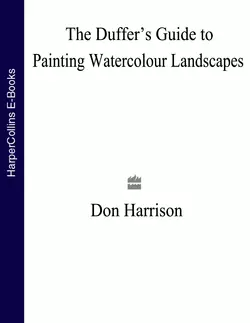The Duffer’s Guide to Painting Watercolour Landscapes

Don Harrison
Тип: электронная книга
Жанр: Хобби, увлечения
Язык: на английском языке
Стоимость: 1692.13 ₽
Издательство: HarperCollins
Дата публикации: 16.04.2024
Отзывы: Пока нет Добавить отзыв
О книге: This ebook on landscape painting in watercolour is a no-nonsense guide that really gets down to basics. In The Duffer’s Guide to Painting Watercolour Landscapes Don Harrison shows just how easy it can be to learn to paint effective and realistic landscapes in watercolour. With a simple and straightforward approach, using easy-to-follow step-by-step sequences, he teaches how to paint skies, mountains, boats, trees, bridges, buildings and figures in the landscape. He starts with very simple exercises, painting individual features of the landscape in order to build up confidence, and then gradually shows the reader how to bring together all those elements to create a full landscape painting.